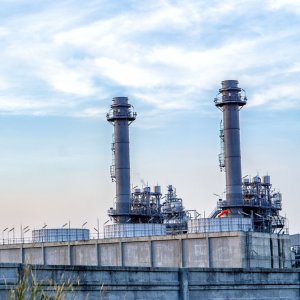
Doubts Remain Following Dos Bocas’ Inauguration
Last Friday, on July 1, the construction process that started on June 19 in Paraíso, Tabasco finally culminated in the inauguration of the Olmeca refinery, the government’s flagship project toward its energy-sovereignty quest. Amid the celebrations, controversies both old and new regarding the development of the Dos Bocas refinery have resurfaced.
On the inauguration day, Minister of Energy Rocío Nahle summarized the different developmental stages of Dos Bocas. She pointed out that it was President López Obrador’s intention to accomplish energy self-sufficiency by the end of his presidential term in 2024 that led to the refinery’s construction. Nahle emphasized that throughout this process, Dos Bocas employed a total of 35,236 workers and created more than 230,000 indirect jobs across Mexico.
The government is expecting the new refinery to process up to 340Mb/d of crude oil, producing 170Mb/d of gasoline and 120b/d of ultra-low sulfur diesel. However, Dos Bocas is admittedly not finished yet. In fact, according to workers interviewed by El Economista, the refinery was inaugurated with little more than 35 percent of its work completed. Although Nahle ambiguously commented that Dos Bocas would not hit full capacity for at least another year, El País reported that experts believe gasoline production will only start by the end of 2023 at the earliest. What is more, Olmeca would not reach full operational capacity until 2026.
In addition to its delayed schedule, analysts also argue that Olmeca could be almost inherently a “loss-making venture,” according to an NGI report. Due to worldwide natural gas shortfalls, Mexico’s refineries are only used for about 40 percent of their capacity.
Analysts claim that not only is Dos Bocas’ lack of profitability rooted in these issues, which include higher prices for natural gas and supply chain deficiencies, but also in its exceedingly high development costs. The Ministry of Energy has been widely criticized for going over the Dos Bocas budget, which initially stood at US$8 billion, but was raised to US$12 billion last week. Experts cited by Bloomberg assert an estimated total cost of US$18 billion, more than double the original budget. Accordingly, the Mexican Institute for Competitiveness (IMCO) claimed in a study that the refinery’s probability of being profitable was only 2 percent.
Another issue that industry analysts and environmentalists have pointed toward from the early stages of development is the perhaps ill-timed creation of a large oil refinery, when most countries look toward the green energy transition instead. According to PEMEX’s data, polluting gas emissions have only increased since 2018, and have reached 70.5Mt, the highest level in at least a decade.
The development of the refinery was furthermore plagued by irregularities. For example, México Evalúa reported that PEMEX had begun construction without delivering an Environmental Impact Assessment (MIA). Meanwhile, the Superior Audit Office of the Federation (ASF) did not have access to the refinery’s investment business case, as the NOC classified the information as confidential. This has also led analysts to call out the administration’s general lack of transparency.















